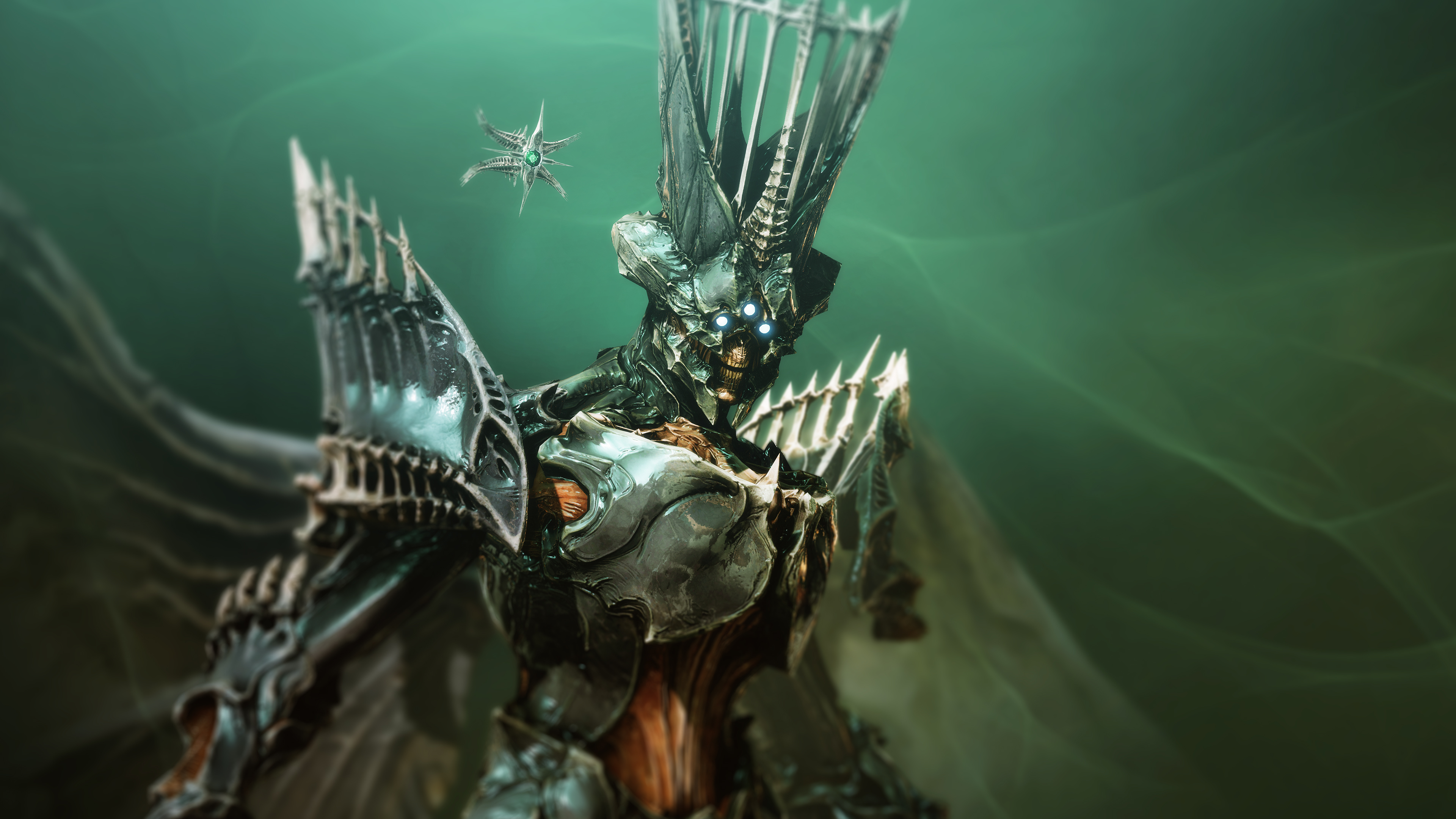
TOD does overcome some common RPG pratfalls, such as overly complicated menus or the need to constantly "level," and it offers lots of characters and locations. Just a few nice touches-like the complex detail of the airships and the ability to customize your special-attack controls-keep TOD from falling on its own Swordian. Finally, though the unremarkable soundtrack sets the tone and cuts through the silence, it becomes awfully repetitive. As if to match the performance of the unimpressive visuals, TOD's controls let you move in only four directions, and you seem to get stuck constantly. The enemies are small and hardly fearsome, while the attack special effects aren't special at all. The flat, static viewpoint leaves a lot of blind spots, and the side-to-side combat scenes utilize the squat, poorly detailed characters from the overhead view. TOD's uninspired graphics wouldn't impress on the Super NES. If you're one of those RPGers who likes to find everything, ToD is perfect for you-there are loads of hidden items and secrets, and even a 60-level bonus dungeon. It took me over 40 hours to beat, and I was actually trying to hurry. They're well-designed, they're TOUGH, and they're all over the place. The unique battle system is loads of fun (especially later on when you've learned some of the cooler Spells and Special attacks), and the dungeons are fabulous. The dialogue is very nicely written, and often had me laughing out loud-whoever wrote this really has a gift for touching upon people's emotions and getting them attached to the characters (and I'm not just talking about localization-you can tell this was well-done even in Japan). It's not even so much the story-which isn't bad, mind you, though hardly mindblowing-but rather the way the characters develop and interact with each other and their Swordians. The thing about Tales of Destiny that grips me the most is the game's dialogue. I Tales of Destiny looks very much like it was originally designed with the Super NES in mind, but if you can get past the game's extremely "16-Bitty" graphics, you'll find a deep, involving game that's sure to please fans of old-school SNES-style RPGs.

Look for it this September, and check back for a review of the final version soon.

#Tales of destiny 2 gameshark codes titles how to#
We do know there are plenty of minigames, subquests (including a 50-level Tower of Druaga bonus dungeon) and other cool little diversions to check out (wait'll you learn how to cook.), so it's safe to say this one's gonna be worth checking out. There's a lot more to ToD than just the battle system, but unfortunately we weren't able to try out everything since the version we played was only 15 percent translated (about five hours' worth).

Later in the game you'll be able to summon monsters, too. Swordian holders can cast magic spells, and when you find special "Discs," you can equip them to your Swordian to add new spells to your arsenal and/or abilities to your character (kind of like Final Fantasy Vll's Materia system). You can do several different kinds of attacks by performing Street Fighter-style movements on the D-pad, in addition to the special "skills" that you'll learn as you build experience.
#Tales of destiny 2 gameshark codes titles full#
Instead of your typical menu-driven RPG battles, ToD incorporates a side-scrolling user-controlled system that gives you full control over your party members' every actions. The game revolves around Dymlos and five other mystical swords just like it, which are known as "Swordians." These Swordians obviously hold the key to saving the land from the impending doom that's about to rummage its way onto the scene and.ahh, you know the deal-we'll leave the full story for the instruction manual.Īnyway, ToD stands out for a lot of reasons, but the main one is the game's unique battle system. Tales of Destiny stars a boy named Stan who, while stowing away on a flying dragon ship, stumbles upon a sentient sword (it thinks and speaks for itself) named Dymlos. If you can get past that however (don't worry, it won't be too difficult), you'll find a very solid, very polished RPG that's got much in the way of gameplay and a well-written, interesting story. The 2D graphics have a bit of a Super NES look and feel to them, and the "3D" overworld looks only slightly better than the Mode 7 overworld from the first Tales game.

Unfortunately, the 48-Meg monster never made it to the United States, but thanks to Namco, its PlayStation sequel (Tales of Destiny) is on the way.Īt first glance, Tales of Destiny might seem a little outdated. Some of you may remember a late-blooming Super Famicom RPG by Namco called Tales of Phantasia that came out in Japan toward the end of the 16-Bit days.


 0 kommentar(er)
0 kommentar(er)
